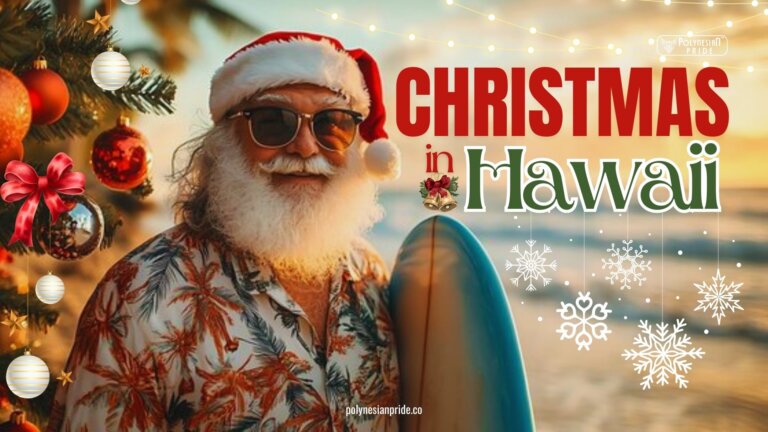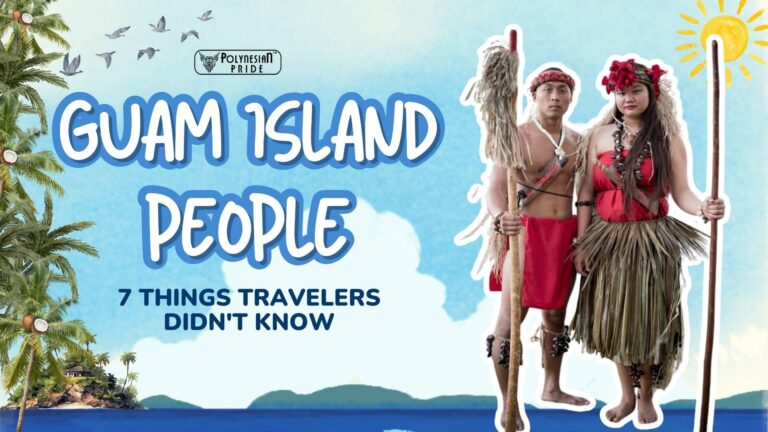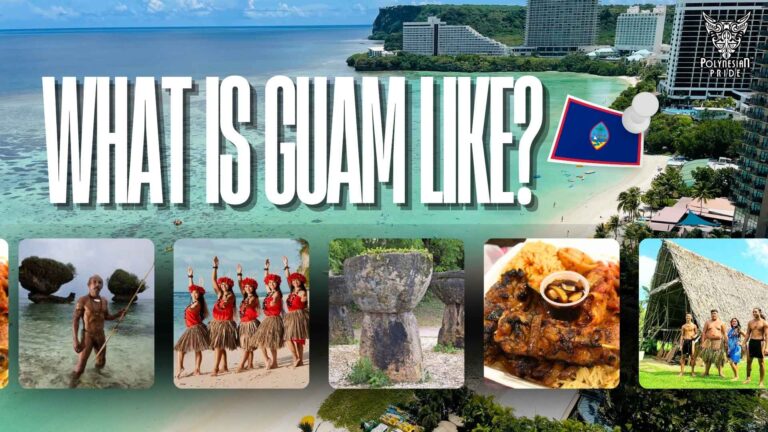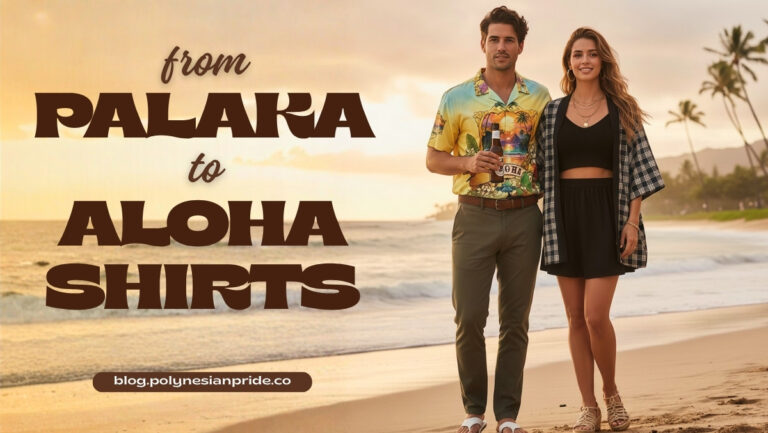Where is Fiji Island? Discover Fiji’s Location, Geography & Culture

Fiji. Just hearing the name might already conjure up images of turquoise waters, white-sand beaches, and coconut palms dancing in the breeze. But if you’re wondering “Where is Fiji Island?” or “Is Fiji part of Australia?”, you’re not alone. In this guide, we’ll take you through Fiji’s location, geography, climate, and cultural richness.
Where is Fiji Island Located?
Fiji is a sovereign island nation in Melanesia, a subregion of Oceania located in the southwestern Pacific Ocean. Melanesia comprises several nearby island countries, including Papua New Guinea, Vanuatu, the Solomon Islands, and New Caledonia.
Fiji is positioned about:
- 1,770 km northeast of New Zealand
- 2,900 km east of Australia (yes, now you know how far Fiji is from Australia!)
- 5,100 km southwest of Hawaii (placing Fiji between Hawaii and New Zealand)
Fiji lies between latitudes 15°42′ and 20°02′ South and longitudes 176°53′ East and 178°12′ West, placing it at the heart of the tropical South Pacific archipelago zone.
📍 Coordinates: 17.7134° S, 178.0650° E
📌 Total Land Area: 18,274 km² (7,056 mi²)

Where Is Fiji on the Map?
A great way to answer “Where is Fiji Island?” is to visualize it on a detailed map. Zoom in on the South Pacific, and you’ll find the Fiji island in map scattered over 330 islands and 500 smaller islets across 1.3 million km² of ocean. Only about 110 islands are inhabited, making it a Pacific island country that balances untouched nature and human warmth.
For travelers seeking clarity on where Fiji is located, glance at any Fiji location map. You’ll notice its strategic position between Australia and Hawaii, forming one of the most scenic parts of the South Pacific travel destinations.
A detailed map of the Fiji Islands reveals two main landmasses—Viti Levu and Vanua Levu—that house nearly 87% of the population. These islands are not only administrative hubs but also springboards to explore remote beaches, coral reefs, and lush mountain trails.
Quick Facts About Fiji 🇫🇯
Before we dive deeper into geography, let’s get the essential facts straight:
Official Name: Republic of Fiji (Fijian: Matanitu Tugalala o Viti / Hindi: Fiji Gaṇarājya)
Fiji’s capital city: Suva
Current Prime Minister (2025): Sitiveni Rabuka
Currency: Fijian Dollar (FJD)
Official Languages: Fijian, English, Fiji Hindi
Time Zone of Fiji: GMT+12 (the International Date Line bends to keep all islands in the same time zone!)

Geographical Map of Fiji Island
Major Islands
Looking at a Fiji island map, two major islands dominate the landscape—Viti Levu and Vanua Levu. Together, they form the core of the nation, both in landmass and population.
- Viti Levu: The largest island, home to the capital city of Suva and Nadi International Airport.
- Vanua Levu: The second-largest island, known for its traditional lifestyle and scenic beauty.
Other key South Pacific islands visible on the map include:
- Kadavu, Yasawa, Mamanuca – Popular destinations for snorkeling, diving, and island resorts.
- Taveuni – Known as The Garden Island, full of lush rainforest and waterfalls.

Geological Background
Fiji’s islands were created by volcanic activity around 150 million years ago. This geological history still influences parts of the archipelago, especially Vanua Levu and Taveuni, where geothermal activity continues today.
Landscape & Topography
The islands are mostly mountainous and green, with dense tropical forests and volcanic ridges. Mount Tomanivi, located on Viti Levu, is Fiji’s highest peak at 1,324 meters (4,341 feet).
Fiji’s Tropical Climate: When to Visit?
Fiji enjoys a warm tropical marine climate all year round, perfect for beach lovers and sun seekers. The year is divided into two distinct seasons:
| Season | Months | Weather Highlights |
| Wet Season | November – April | Hot, humid, with chances of tropical storms |
| Dry Season | May – October | Cooler, drier, ideal for beach holidays |
🌡️ Average Temperature: 26–31°C (79–88°F)
🌪️ Cyclones: 10–12 per decade (mainly during wet season)
🌴 Best Time to Visit Fiji: May to October, when days are sunny and humidity is low
While the wet season can bring rainfall and the occasional cyclone, it also breathes life into the island’s jungles and waterfalls, making it a great time for nature lovers. The dry season, however, is the peak tourism window, offering perfect conditions for diving, island-hopping, and lounging on the beach.
Many people search where is Fiji Island when planning their tropical getaway — and understanding its geography can help you decide the best time to visit.
Demographics at a Glance
- Median Age: 27.2 years – reflecting a vibrant, youthful population
- Ethnic Breakdown:
- 54.3% iTaukei (Indigenous Fijians)
- 38.1% Indo-Fijians
- The remaining population includes Rotumans, Chinese, and Europeans
Fiji’s unique blend of cultures, languages, and traditions makes it one of the most culturally rich island nations in the Pacific.
People and Population of Fiji
According to the latest United Nations data, as of July 2025, Fiji has an estimated population of 943,067. This accounts for just 0.01% of the global population, placing Fiji at 162nd in the world by population size.
With a population density of about 51 people per square kilometer (133 per square mile), Fiji still offers plenty of open space across its 18,270 km² of tropical terrain.
Urban life is a growing trend in Fiji. By 2023, around 59% of Fijians—over 552,000 people—lived in cities and towns, mainly in hubs like Suva, Nadi, and Lautoka.
A Brief Overview of Fiji’s Indigenous Culture and History
The culture of Fiji is rooted in the rich history of the iTaukei, the indigenous people who inhabited the islands long before British colonization in the late 1800s. These communities had lived in Fiji for over 3,500 years, building a way of life deeply connected to the land and sea. They formed communal societies, sustained by fishing, farming, and inter-island trade, with strong kinship ties shaping their daily lives.

Indigenous Tribes and Cultural Practices
Fiji’s indigenous culture is rich, expressive, and spiritual. Among its most important traditions:
- Meke – Traditional dances combining music and storytelling, often performed during ceremonies and festivals.
- Veiqia – A sacred form of female tattooing used to mark rites of passage and status within the tribe.
- Carving – Woodwork used for both practical tools and symbolic art, reflecting tribal identity.
- Kava Ceremony – A key social ritual where participants drink a beverage made from the yaqona root, fostering connection, diplomacy, and relaxation.
The arrival of Christian missionaries in the 18th century introduced new religious practices. While Christianity spread widely, many iTaukei customs remain active and respected, coexisting with modern beliefs.

We invite you to delve into more insightful articles, including those on the beautiful traditional clothing of Fiji. Your curiosity is valued, and we hope you find these explorations enriching!
British Colonial Era
In 1874, Fiji officially became a British colony, marking a significant cultural and political shift. During this period:
- European settlers introduced new governance and economic systems.
- Sugarcane plantations were developed as a major industry.
- Indentured laborers from India were brought to Fiji to work the plantations between 1879 and 1916, leading to the rise of the Indo-Fijian community.
The colonial government changed land ownership laws, political structure, and cultural dynamics, influencing Fiji’s long-term development. However, indigenous Fijian customs continued to survive and evolve during this period.
Path to Independence
After nearly a century under British colonial administration, Fiji achieved independence on October 10, 1970. The transition was peaceful, marking the beginning of a new chapter as a sovereign island nation in the Pacific.
Following independence, Fiji set out to build a multicultural society, one that recognized and respected the unique contributions of its diverse communities, including the iTaukei (Indigenous Fijians) and Indo-Fijians, descendants of indentured laborers brought during the colonial era.

Celebrating Indigenous Culture Today
Today, Fiji is a vibrant, multicultural country that embraces its diverse history and celebrates its indigenous culture through various events, festivals, and traditional practices. Key cultural celebrations include:
- Hibiscus Festival: An annual event in Suva celebrating Fijian culture with traditional music, dance, and food.
- Bula Festival: Held in Nadi, this festival features cultural performances, parades, and sports events.
- Fijian Language Week: Promotes the use and preservation of the Fijian language through educational programs and community activities.
Fijian culture remains an integral part of the nation’s identity, with traditional customs and values playing a vital role in contemporary Fijian society. Visitors to Fiji can experience this rich cultural heritage firsthand through village tours, cultural shows, and interactions with the local communities.

Explore the Three Largest Fiji Islands
Fiji boasts over 330 islands, each offering unique experiences. From the secluded resorts of the Yasawa Islands to the world-class diving spots of Kadavu Island, exploring beyond the main islands can lead to rewarding adventures. Let’s delve into the three largest islands that stand out in Fiji’s stunning archipelago:
Viti Levu

Viti Levu is the largest island in Fiji, with an area of 10,388 square kilometers (4,011 square miles), and serves as the country’s political and economic hub. Beyond its bustling capital city of Suva, Viti Levu offers a captivating blend of cultural immersion and thrilling adventures.
- Cultural Delights: Immerse yourself in the vibrant tapestry of Fijian culture by visiting cultural centers showcasing traditional practices, participating in a kava ceremony, or browsing vibrant handicraft markets overflowing with local treasures.
- Adventure Playground: From lush rainforests to pristine beaches, Viti Levu is a haven for outdoor enthusiasts. Embark on exhilarating treks through jungle trails, discover hidden waterfalls, or test your surfing skills at world-renowned waves.
- Tourist Hotspots: Explore the Coral Coast, renowned for its idyllic beaches and stunning coral reefs. For island getaways, venture to the Mamanuca Islands and Yasawa Islands, famous for their luxurious resorts and endless water activities.
Vanua Levu

Vanua Levu, the second-largest island, with an area of 5,587 square kilometers (2,157 square miles), is a paradise for those seeking an off-the-beaten-path experience. Escape the crowds and immerse yourself in the island’s untouched natural beauty and rich cultural heritage.
- Untamed Landscapes: Trek through dense rainforests teeming with exotic flora and fauna, kayak through tranquil mangrove channels, or conquer the rapids on a white-water rafting adventure.
- Cultural Encounters: Delve into the heart of Fijian traditions by visiting authentic villages, where you can witness local craftsmanship, taste traditional cuisine, and experience the warmth of Fijian hospitality.
- Diving Paradise: Dive into the crystal-clear waters surrounding Vanua Levu and discover a kaleidoscope of marine life at the world-renowned Rainbow Reef, a UNESCO World Heritage Site.
Taveuni

Nicknamed the “Garden Island of Fiji”, Taveuni, the third-largest island, with an area of around 434 square kilometers (168 square miles), is a haven for nature lovers. Lush rainforests, cascading waterfalls, and volcanic wonders await exploration.
- Natural Splendors: Hike through verdant rainforests, marvel at the cascading Bouma Falls and Tavoro Falls, or embark on a boat tour to witness the spectacular Rainbow Reef.
- Eco-Tourism Haven: Explore the Bouma National Heritage Park, a UNESCO World Heritage Site, where hiking trails lead to breathtaking waterfalls, birdwatching opportunities abound, and diverse flora and fauna thrive.
- Sustainable Practices: Taveuni is committed to sustainable tourism, offering eco-lodges, organic dining options, and opportunities to engage with local conservation efforts.
Conclusion
So now that you know precisely where Fiji Island is, what’s stopping you from exploring it? With its incredible natural beauty, welcoming culture, and unique history, Fiji offers an unforgettable experience whether you’re seeking relaxation or adventure.
Plan your Fiji dream trip today. Vinaka vakalevu!
FAQs
Where is Fiji Island in which country?
Fiji, officially known as the Republic of Fiji, is an island country in Melanesia, a subregion of Oceania in the South Pacific Ocean.
Is Fiji island in Hawaii?
No, Fiji is not in Hawaii. Fiji is an independent island nation in the South Pacific, while Hawaii is a U.S. state in the central Pacific. They are separate locations, thousands of kilometers apart, with distinct geography, culture, and governance.
Is Fiji in Asia or Australia?
Fiji is in the continent of Australia, which is also sometimes called Oceania. Oceania is the term that refers to the islands throughout the Pacific that are not included in the traditional seven-continent model of the world.
What language do Fiji people speak?
Fijian, English, and Fiji Hindi are the three official languages. Over 200 dialects of Fijian are spoken.
Where is Fiji Island exactly located?
Fiji Island is located in the South Pacific Ocean, northeast of New Zealand and far southwest of Hawaii. If you’re asking where is Fiji Island, you’re likely imagining turquoise waters and tropical tranquility—and you’d be right.

I am Leilani Miller – I research focusing on Vanuatu – volcanic landscapes, blue holes, coral reefs & rainforests. I have over five years of experience researching and sharing insights on tourism and environmental activism. Explore and experience without limits through my latest article.
Contact information:
Email: [email protected]
Tel: +1 (808) 555-1528






